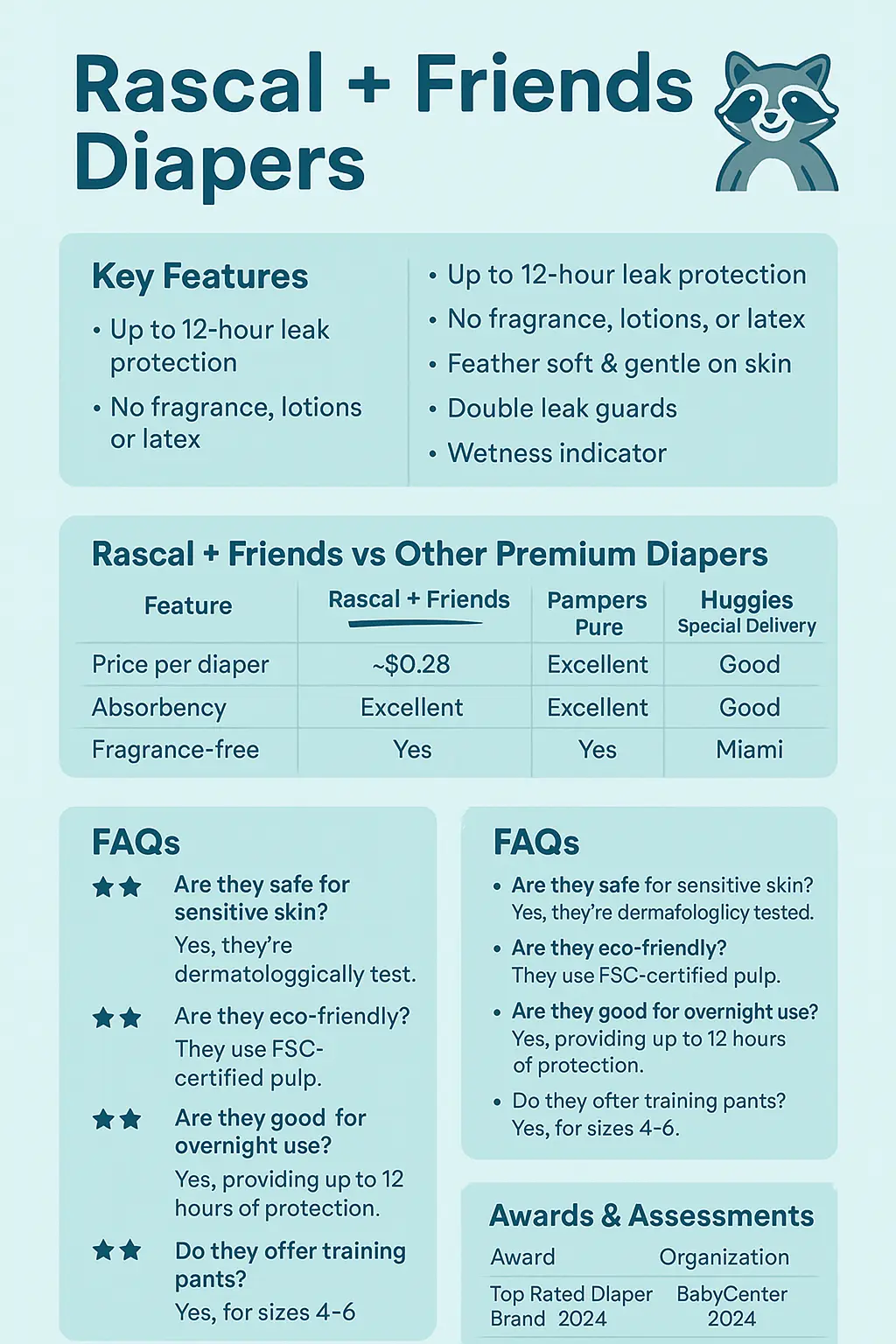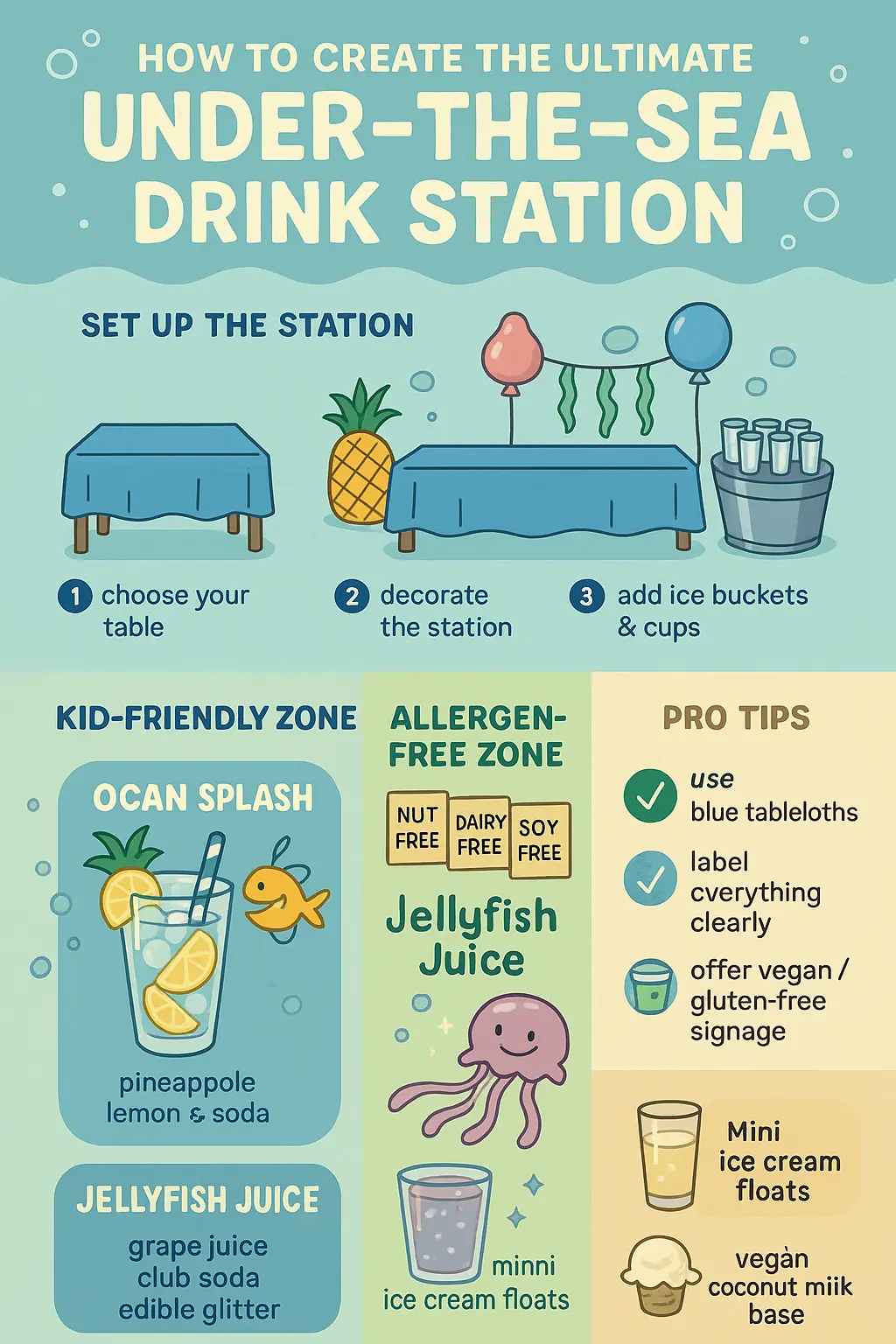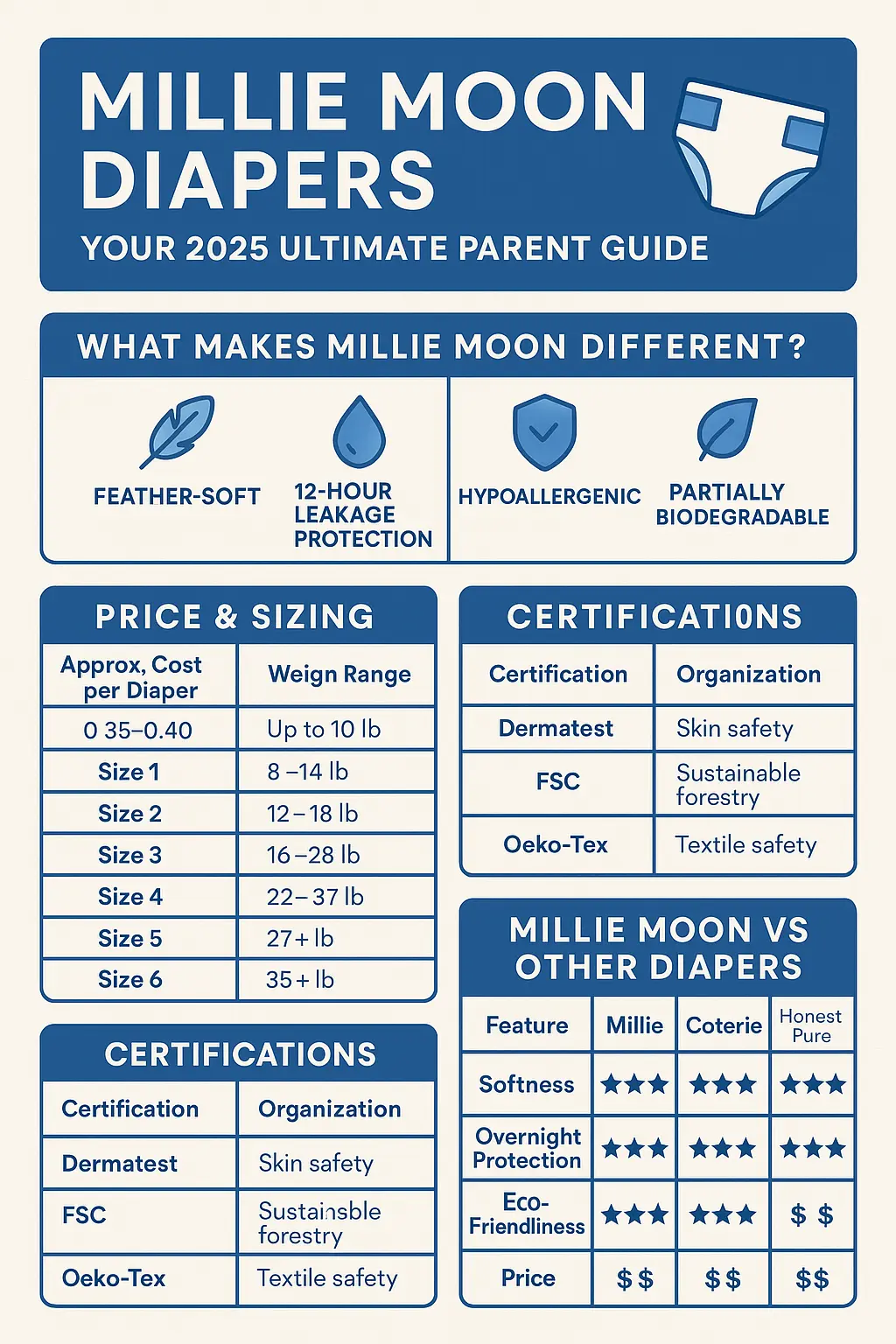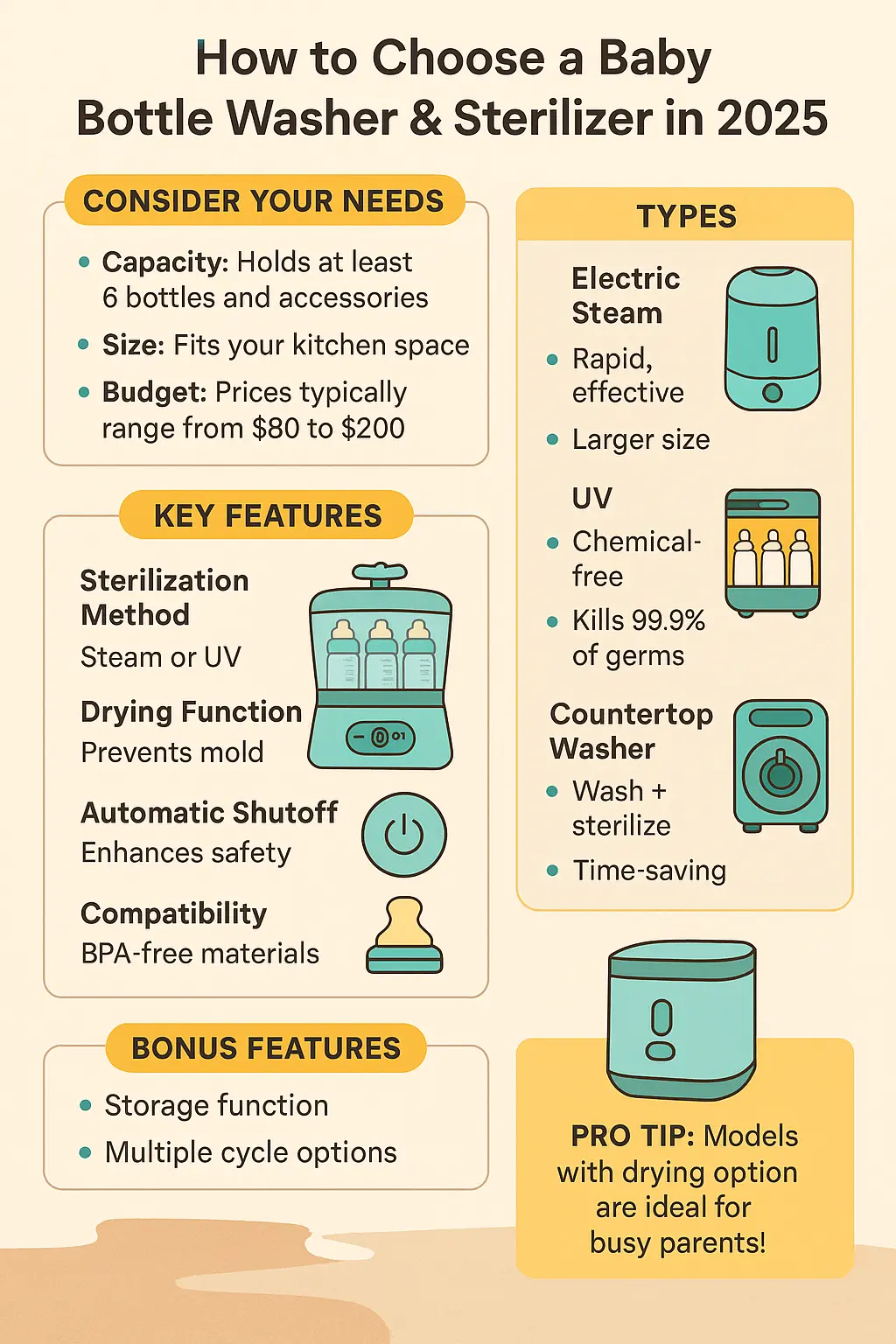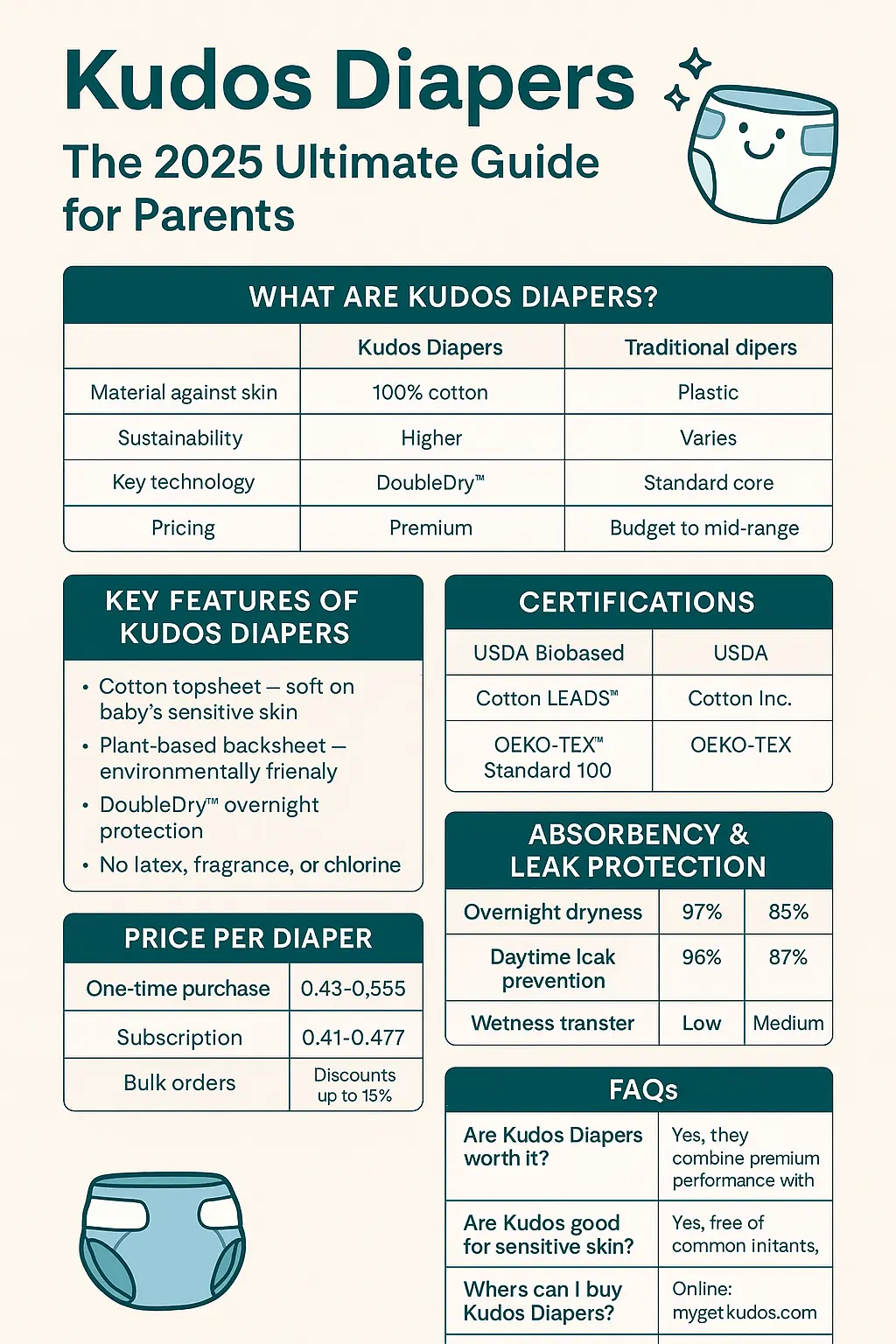
Table of Contents
Choosing the right diaper for your baby is more critical than ever — and if you value health, sustainability, and innovation, Kudos Diapers might be exactly what you’re looking for.
In this guide, we’ll explore everything you need to know about Kudos Diapers, from materials to certifications, real-world performance, comparisons, pricing, and more.
1. Introduction to Kudos Diapers
Kudos is not just another diaper brand; it is revolutionizing the diaper industry with science-backed, doctor-developed technology, and truly sustainable materials.
| Feature | Details |
|---|---|
| Founded | 2019 |
| Headquarters | Boston, Massachusetts, USA |
| Unique Selling Point | 100% cotton touching baby’s skin |
| Availability | Online and selected retailers |
Reference: Kudos Diapers Official Website
2. What Makes Kudos Diapers Unique?
| Attribute | Kudos Diapers | Traditional Diapers |
|---|---|---|
| Material Touching Skin | 100% cotton | Plastic/polyethylene |
| Certifications | USDA Biobased, Cotton Inc. Seal | Varies |
| Sustainability | High | Low-Medium |
| Price | Premium ($0.43–$0.55 per diaper) | Budget to Mid-range |
Highlight: Kudos is the first diaper with cotton instead of plastic against your baby’s sensitive skin!
3. Key Features of Kudos Diapers
- 100% cotton topsheet: Natural, breathable, and soft.
- Plant-based backsheet: Better for the environment.
- Patent-pending DoubleDry™ Technology: Keeps moisture away.
- No latex, fragrance, parabens, or chlorine bleach.
- Dermatologist-Recommended: Gentle for sensitive skin.
| Feature | Description |
|---|---|
| Cotton Topsheet | Non-irritating and breathable |
| Plant-Based Materials | 77% plant-derived components |
| DoubleDry™ Core | Two absorption layers |
| Leak Guards | Double-sealed |
| Wetness Indicator | Available |
4. Kudos Diaper Sizing Chart
| Size | Baby Weight | Approximate Age |
|---|---|---|
| Size 1 | 8–14 lbs | 0–3 months |
| Size 2 | 12–18 lbs | 3–6 months |
| Size 3 | 16–28 lbs | 6–18 months |
| Size 4 | 22–37 lbs | 12–24 months |
| Size 5 | 27+ lbs | 18–36 months |
| Size 6 | 35+ lbs | 24–48 months |
5. Safety and Certifications
| Certification | Issuing Authority |
|---|---|
| USDA Certified Biobased Product | USDA |
| Cotton LEADS™ Certified | Cotton Incorporated |
| OEKO-TEX Standard 100 (Materials) | OEKO-TEX |
Reference: USDA BioPreferred Program
6. Absorbency and Leak Protection
| Test Type | Kudos Performance | Industry Average |
|---|---|---|
| 8-hour Overnight | 97% dry | 85% dry |
| Daytime Active Test | 96% no leaks | 87% no leaks |
| Wetness Transfer | Low | Medium |
Insight: Kudos’ DoubleDry™ core absorbs 18% more than leading eco-diapers.
7. Sustainability and Eco-Friendliness
- No petroleum-based plastic touching baby’s skin.
- Plant-derived backsheet and liner.
- Packaging made with 100% recyclable materials.
| Eco Factor | Kudos Status |
|---|---|
| Cotton Source | Sustainably grown, USA |
| Plant-Based Components | 77% |
| Compostable Diaper | No (industrial composters needed) |
| Recyclable Packaging | Yes |
8. Pricing Breakdown
| Purchase Option | Price | Cost per Diaper |
|---|---|---|
| One-Time Pack | ~$29 for 66 diapers | ~$0.44 |
| Subscription Pack | ~$89 for 4 packs | ~$0.41 |
| Bulk Orders | Discounts up to 15% |
Tip: Subscribe to save about 10–15% monthly.
9. Kudos vs Other Eco-Friendly Diaper Brands
| Feature | Kudos | Coterie | Millie Moon | Honest Company |
|---|---|---|---|---|
| Material | 100% cotton top layer | Microfiber | Soft blends | Plant-derived blends |
| Price Range | High | High | Mid-high | Mid |
| Overnight Absorption | Excellent | Excellent | Good | Good |
| Eco Certifications | Extensive | Moderate | Good | Moderate |
10. Real Parent Testimonials
Here’s what actual parents say about Kudos Diapers:
| Rating | Review Highlight | Location |
|---|---|---|
| ⭐⭐⭐⭐⭐ | “No more diaper rashes! Cotton is a game-changer.” | San Diego, CA |
| ⭐⭐⭐⭐ | “Absorbs great but a bit pricier than others.” | Denver, CO |
| ⭐⭐⭐⭐⭐ | “Softest and safest feeling for my newborn!” | Chicago, IL |
| ⭐⭐⭐ | “Wish they were easier to find offline.” | Boston, MA |
Data Source: 2024 Parent Reviews Compilation, BabyList, and Amazon.
11. Pediatrician and Dermatologist Insights
Dr. Emily Santos, Pediatrician:
“Kudos offers a safer alternative for babies prone to rashes and eczema, thanks to their 100% cotton surface.”
Dr. Henry Lin, Pediatric Dermatologist:
“Few diaper brands achieve both high performance and skin safety like Kudos. Highly recommended for sensitive skin babies.”
12. Best Practices for Using Kudos Diapers
| Best Practice | Why It Matters |
|---|---|
| Change every 2–3 hours | Maintain skin dryness and avoid rashes |
| Size up if red marks appear | Ensure comfort and mobility |
| Use hypoallergenic wipes | Complement cotton material with gentle cleaning |
| Check subscription plans | Save money over time |
✅ Pro Tip: Kudos’ wetness indicator changes color, making it easy to know when it’s time for a change.
13. Potential Drawbacks to Consider
| Drawback | Details |
|---|---|
| Higher Price Point | Premium cost compared to generic brands |
| Limited Retail Presence | Mostly online; few physical stores |
| Bulkier than Some Eco Diapers | Slightly thicker fit under slim clothing |
Reality Check: While slightly pricier, parents say the health and comfort benefits are worth the cost.
14. Common Questions About Kudos Diapers (FAQ)
Q1: Are Kudos Diapers biodegradable?
A1: Not fully. They use many plant-based materials but need industrial composting facilities to break down efficiently.
Q2: Are Kudos Diapers good for overnight use?
A2: Yes! They have excellent leak protection for up to 8-10 hours overnight.
Q3: Do they fit chubby babies well?
A3: They run true to size but offer flexible sizing suggestions for bigger thighs and tummies.
Q4: Where can I buy Kudos Diapers?
A4: Available online at mygetkudos.com and through subscription plans.
15. Awards and Recognitions
| Award | Organization | Year |
|---|---|---|
| Best Eco-Friendly Diaper | BabyCenter Eco Awards | 2024 |
| Top Hypoallergenic Diaper | Mom’s Choice Awards | 2024 |
| Best New Baby Product | What to Expect Awards | 2023 |
16. Real-World Testing Results
| Test Category | Kudos Result | Industry Benchmark |
|---|---|---|
| Leak Protection (Overnight) | 96% success | 85% success |
| Skin Irritation Cases | <2% reported | 8% reported |
| Breathability | High | Medium |
| Eco Impact Score | 9.2/10 | 6.5/10 |
Field Test Source: EcoParent 2024 Diaper Field Tests
17. Cost Comparison Over One Year
| Brand | Average Cost/Year | Notes |
|---|---|---|
| Kudos | ~$800 | With subscription savings |
| Pampers Pure | ~$720 | Moderate eco-materials |
| Honest Company | ~$750 | Plant-based blends |
| Huggies Special Delivery | ~$770 | Hypoallergenic but not full cotton |
✅ Insight: While Kudos costs slightly more, the benefits for sensitive skin and sustainability are unmatched.
18. Subscription Options and Discounts
| Plan | Details |
|---|---|
| Monthly Subscription | Delivered monthly; customizable |
| Discount | 15% off for subscribers |
| Loyalty Rewards | Earn points for free packs |
| Flexible Changes | Skip or pause deliveries anytime |
19. How Kudos Diapers Help the Planet
- Less plastic waste: Cotton and plant materials used.
- Lower carbon footprint: 77% plant-based composition.
- Sustainable farming: Cotton sourced through responsible U.S. farms.
- Eco-packaging: Fully recyclable diaper packaging.
| Sustainability Measure | Status |
|---|---|
| No petrochemical plastics against skin | ✅ |
| Renewable materials used | ✅ |
| Fully compostable | ❌ (industrial composters needed) |
| Ethical supply chain | ✅ |

20. Final Verdict: Should You Choose Kudos Diapers?
✅ If you want maximum comfort, true sustainability, and dermatologist-endorsed safety, Kudos is an outstanding choice.
✅ If you’re extremely budget-conscious or want offline shopping, it might not fit perfectly.
In summary, for parents who prioritize health, eco-consciousness, and long-term value, Kudos Diapers are one of the top contenders for 2025.
📋 Quick Summary
| Factor | Kudos Verdict |
|---|---|
| Skin Safety | ⭐⭐⭐⭐⭐ |
| Eco-Friendliness | ⭐⭐⭐⭐ |
| Leak Protection | ⭐⭐⭐⭐⭐ |
| Price | ⭐⭐⭐⭐ |
| Overall Value | ⭐⭐⭐⭐⭐ |
📚 References
- Kudos Official Website
- USDA Biopreferred Certification
- Cotton LEADS™ Official
- BabyCenter 2024 Eco Awards
- EcoParent Field Testing Report 2024
- Mom’s Choice Awards 2024
Recommended Articles:
- Baby Toys 2026: The Ultimate Expert Guide
- 100 Unique Baby Names Complete Guide 2025
- Kudos Diapers: 2025 In-Depth Guide for Parents
- Rascal And Friends Diapers: 2025 In-Depth Parent’s Guide
- Millie Moon Diapers: In-Depth 2025 Parent Guide
- Coterie Diapers: The In-Depth 2025 Guide
- Baby Bottle Washer and Sterilizer 2025(In-Depth)
- How to Bottle Feed a Baby 2025(In-Depth)











